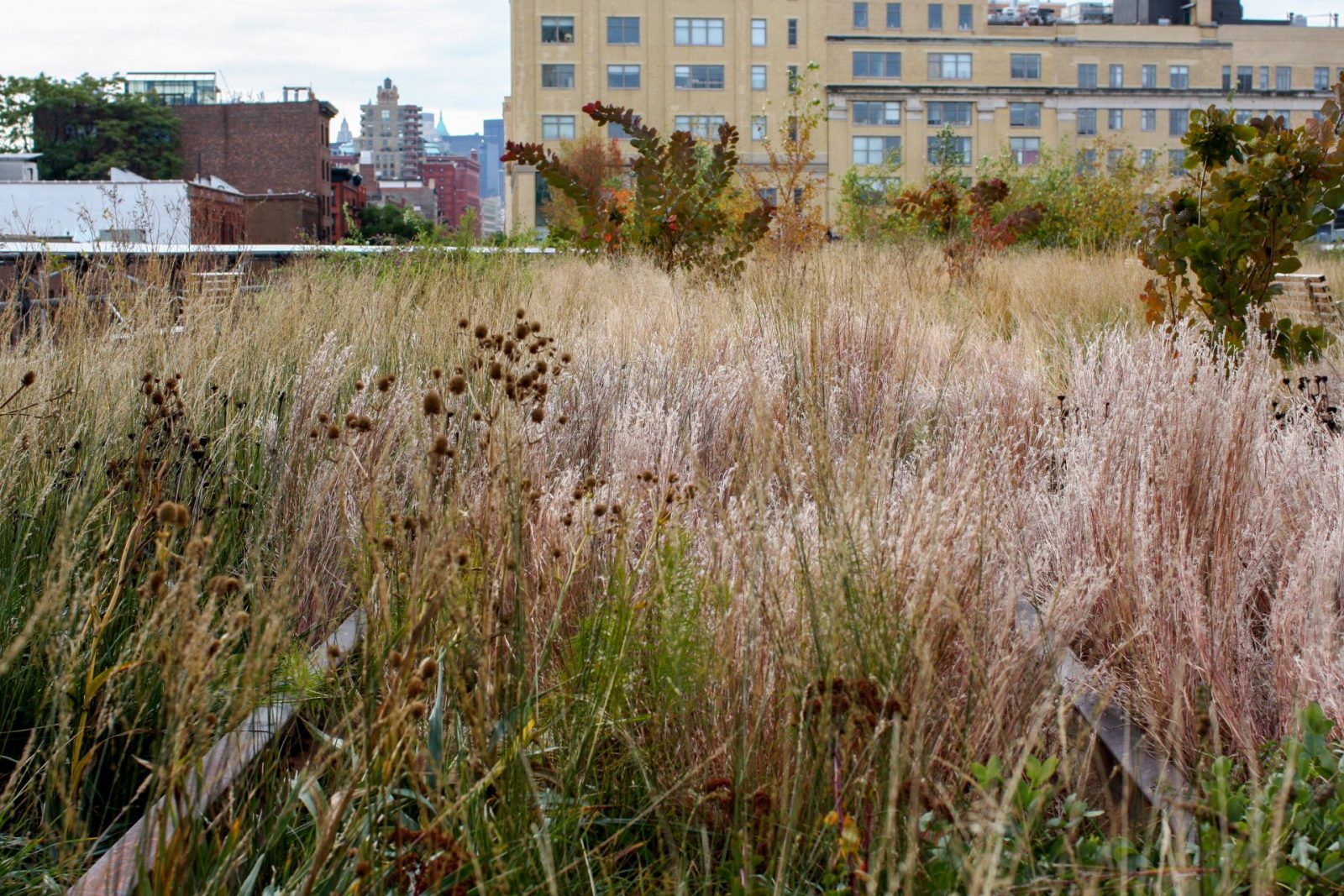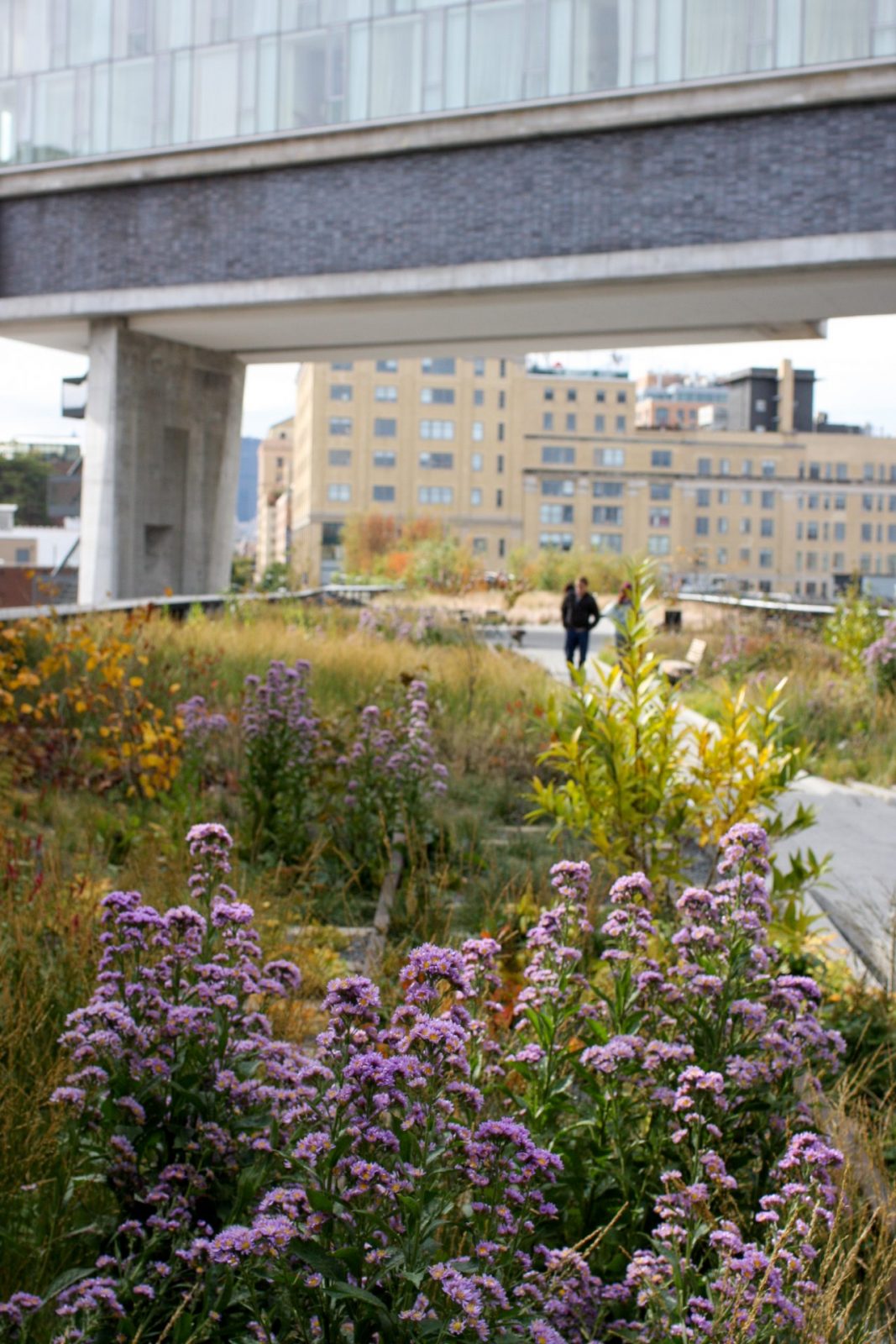Perennials & Inspiration
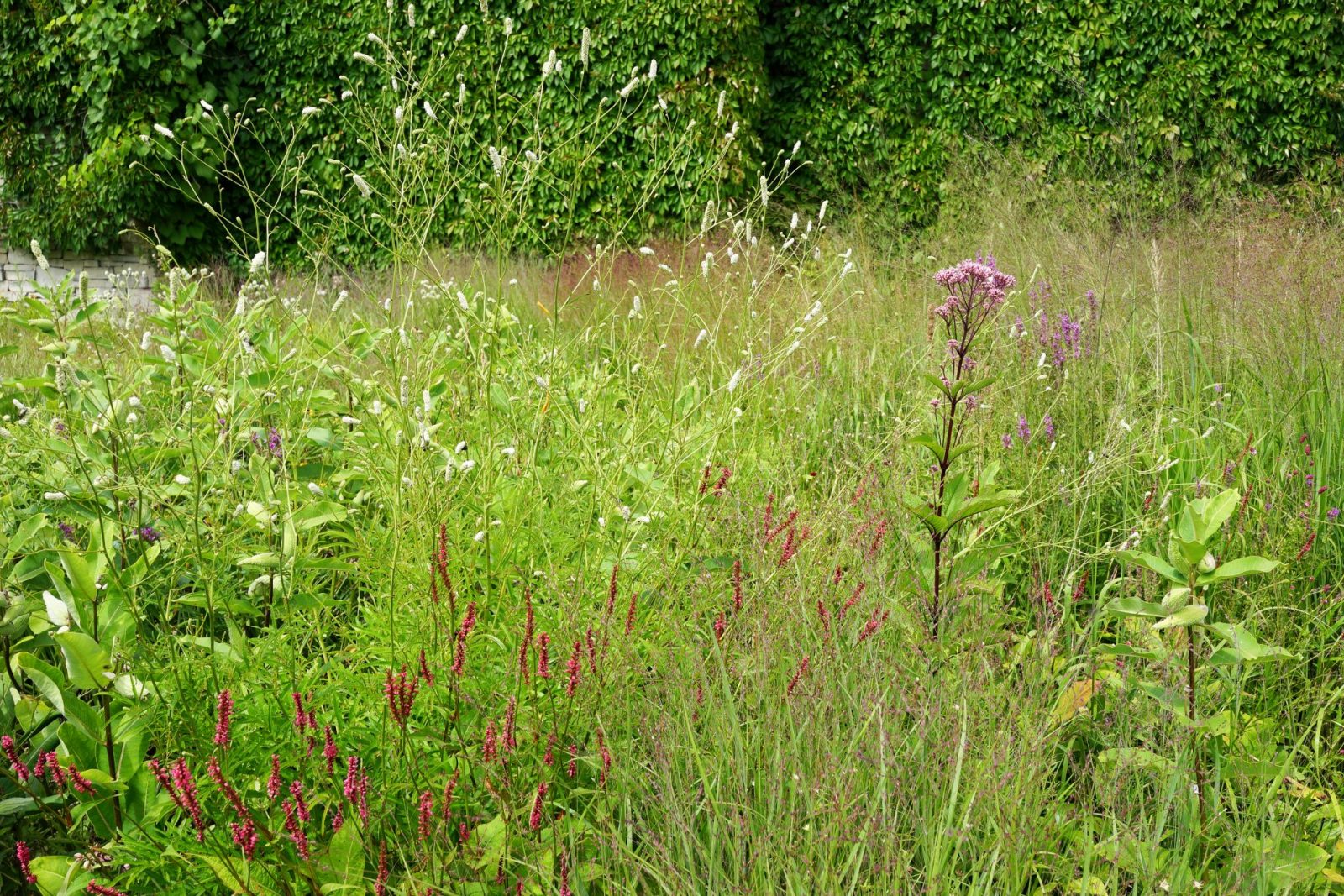
Inspiration can come from many places. I remember my excitement when I began studying horticulture,
Plants in some form or another are around most of the time and I discovered I could study while I was walking down the street, sitting on a train or traveling. With more knowledge I began to watch things a little more closely, developing my secret powers of observation. I was constantly training, honing my awareness of finer details and pushing my sense of what beauty was. I feel observation is the key to my interaction with gardens and landscape design. What plants work well in natural settings or the built environment, what combinations are successful, and how does this will relate to my work as a garden designer.
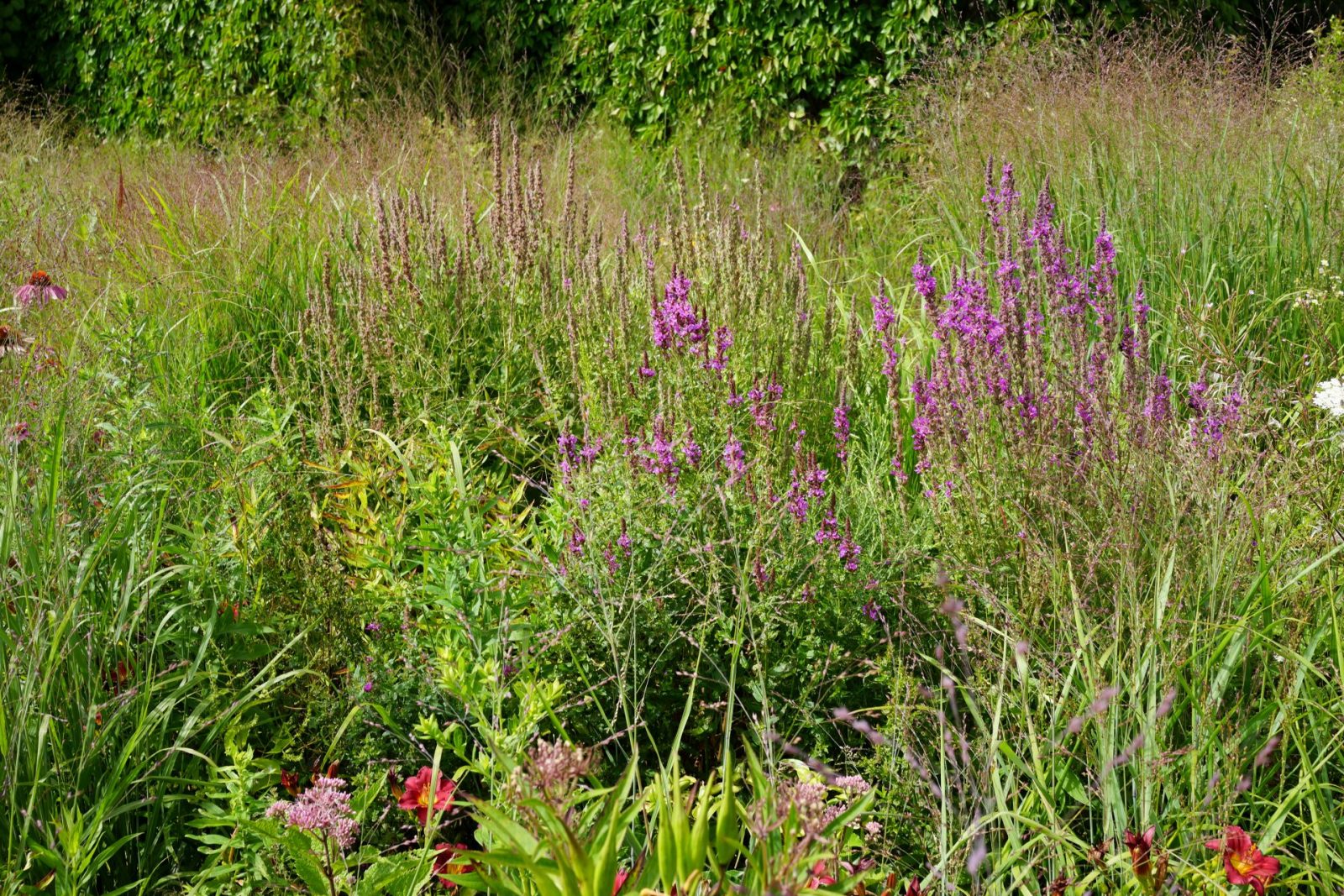

I have a deep love of nature and have been very lucky to travel to some incredible gardens over the years. I met my wife in Toronto in 2006 after traveling through Europe. Staying for only 10 days in Canada before going on to New York, visiting The High Line a year after its opening, and then back home to Australia. Fast forward: My partner and I spent the next four years living between Australia and Canada. Fast fast forward: We now have two young children and are living in Melbourne. My connection to Canada has led me in a roundabout way to an interest in perennial planting and a more natural way of designing planting schemes. The standard home gardens and those designed by landscape designers in Melbourne & Toronto are, in general, quite different. Toronto’s gardens are filled with natives, North American plants such as Echinacea, Rudbeckia, Monardo, Eupatorium, Liatris, Hostas, Agastache, Cornus, Solidago, Verbena and of course Canadian Maples often loosely planted. Covered in a layer of snow in the winter, mostly the only signs of green through the white are from Spruce, Pines, Cedars, Fir, Juniper, and Yew. Dying back is an expected part of the life of the garden.

Quite possibly our colonial history, our geographical isolation, and our climate has led us to dwell in a strange garden limbo. In Melbourne, we seem to be at odds with what we expect our surroundings to be. In winter we don’t spend a great deal of time sitting in our gardens, but we want our gardens to have an appearance like we could. I have noticed a tendency to be quite fearful of change and deciduous trees and particularly of herbaceous plants because they die back during winter. We can also have a slightly unusual relationship with our native plants. Unlike Europe and North America, we tend to have an unnatural distinction between plants from here and the ‘imports’. So does this sort of perennial or ‘naturalistic’ planting make sense here? What is our Australian take on this as our natural reference points are quite different from the Europe and America? Or is this essentially another chapter in what landscape design or any creative endeavor is at its core. Observation, exploration, experimenting and repeating.
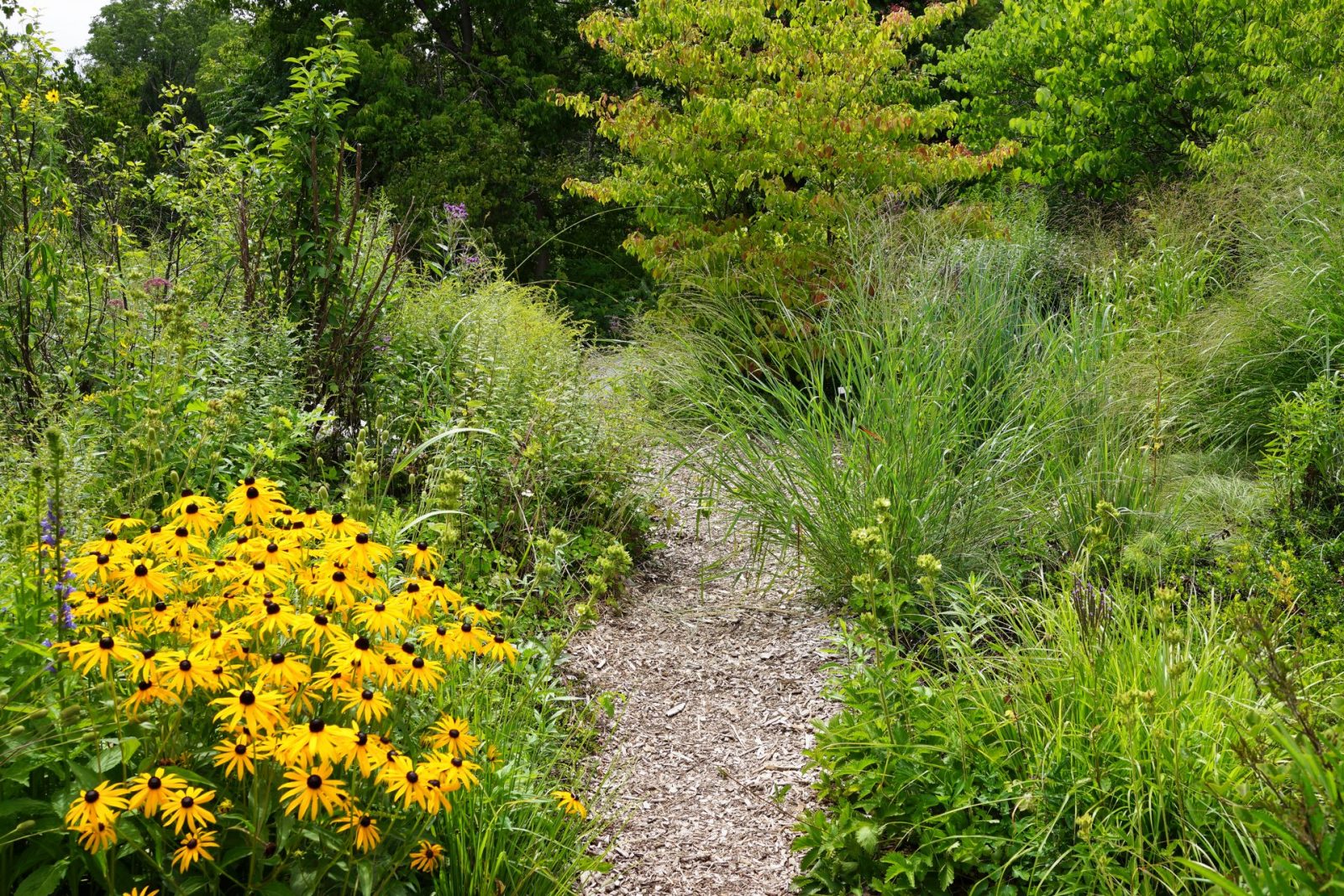

Perennial and/or ‘naturalistic’ planting is something which is finding its feet in with garden designers in Melbourne and home gardeners alike. Partly due to garden fashion and a welcome shift in Australia to broader global garden design trends and a looser aesthetic. The shift is also helped along by people like Michael Mccoy running perennial symposiums, garden tours and educating designers/home gardeners. Our reference points for the perennial garden are mostly from overseas and I feel we are starting to find a way to make sense of this style in our Australian context. More public examples are popping up and giving people, including garden designers and those who are hiring them, a new point of reference. Notably the new development at the National Gallery of Victoria including large scale planting by well-known planting designers Nigel Dunnett and James Hitchmough. As a landscape designer, I am excited to see this happening. Firstly for inspiration, secondly as our future clients will be exposed to this first hand.
If you are interested in exploring perennial gardens start with Piet Oudolf. He is probably the best-known garden/landscape designer of this style. Known for both private gardens and public gardens such as The High Line, Serpentine Gallery, Hauser, and Wirth. He also designed the entrance walk planting at the Toronto botanical gardens, pictured, where I visited again in 2016. The planting, like good art and music, captures a feeling or an emotion and conveys it effortlessly. The planting is vibrant diverse and full of energy, he has freedom and playfulness which is really indescribable, at least to me. Some of the featured species include Hamamelis spp. Viburnum sp. Cotinus coggygria ‘Royal Purple’ Vitus agnus-castus, a backdrop of Parthenocissus quinquefolia with Piet’s incredible perennial plantings.
Excited to be revisiting this in 2020 on our next trip to Canada and New York where we will also visit the High Line again. The previous two visits were in fall and one in high summer. This will be my third visit there and I am very excited to catch another snapshot of its development.
